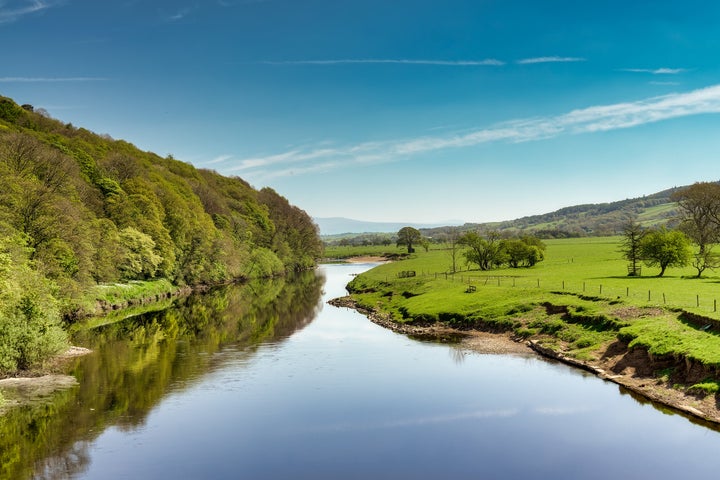
With summer drawing near, we’re spending time outside enjoying the warmer days and lighter evenings. But whether it is time in the garden or a country walk we’re likely to encounter some kind of non-native invasive species, be they grey squirrels or rhododendrons. These plants, animals, fungus and pathogens harm our wildlife, ecosystems and human health and are already costing the UK almost £1.8billion a year.
Farming and horticulture, transport, construction, recreation, aquaculture and utilities are all affected by species that arrive through human activity, either deliberate or accidental. The damage is often irreversible.
Around 2,000 non-native plants and animals from all over the world have been introduced to the UK and they are a major and growing driver of biodiversity loss. The number of invasive species in the UK and its overseas territories is among the highest globally and we’re witnessing a dramatic rise in range and numbers as a result of growing international trade.
Our overseas territories, small and remote islands, are home to 90% of the UK’s biodiversity and are particularly susceptible to these alien invaders. Here, non-native species can be deadly as native plants and animals have evolved without predators, competitors and diseases.
They come in through agriculture, horticulture, recreation, the pet trade and in the ballast water of ships. The largest number of invasive species come from imports, especially for horticulture. Ash dieback, caused by an invasive fungal disease, is thought to have spread to the UK by planting imported diseased trees. Experts believe the first sighting of Asian hornets in Britain in 2016 was down to their accidental transit among the 22 million tonnes of plants we import each year.
The escape and release of pets, spiders, snakes, caged animals and bait species are another major source. All mink in the UK are invasive, originating from mink fur farms, and American crayfish, brought in to export to Scandinavia, ravaged native crayfish populations in Europe and introduced crayfish plague which is deadly to the UK’s native white-clawed crayfish.
Climate change isn’t helping. Rising global temperatures are allowing invasive species to thrive in places that they could not before. As temperatures warm, their range spreads, they find it easier to settle and existing non-native species that aren’t currently an issue might become problematic.
This Invasive Species Week we should reflect on this major environmental challenge and consider what action to take. A global UN review of the health of our ecosystems found that we have plundered nature and sacrificed species to our own needs. Biodiversity loss is as bad as climate change because our survival depends on the nature we are destroying.
The Environmental Audit Committee, which I chair, is conducting an inquiry to learn more about the problem and assess how well prepared the UK is to cope, particularly if we leave the EU.
We have received over 50 written evidence submissions from expert individuals and organisations and begin a series of public hearings next week, which will include a visit to St Catharine’s College, Cambridge, home to the Biosecurity Research Initiative, later in June.
We want to know how the UK is tackling this problem. Which species pose the biggest threat? Do we face greater risks in the future? Will there be regulatory gaps if we leave the EU?
In the meantime, here is what you can do. Whether you’re a canoeist, angler, rambler or gardener, initiatives like Check, Clean, Dry or Be plant wise teach you how to minimise risk. We must raise awareness of people most likely to come into contact with invasive species so they can help monitor them. Identifying and recording sightings of non-native species can help reduce the impact on our fragile native environment that is already under so much strain. With a million plant and animal species at risk of extinction, prevention of invasive species is better than cure.
Mary Creagh is the Labour MP for Wakefield, and chair of the Environmental Audit Select Committee
